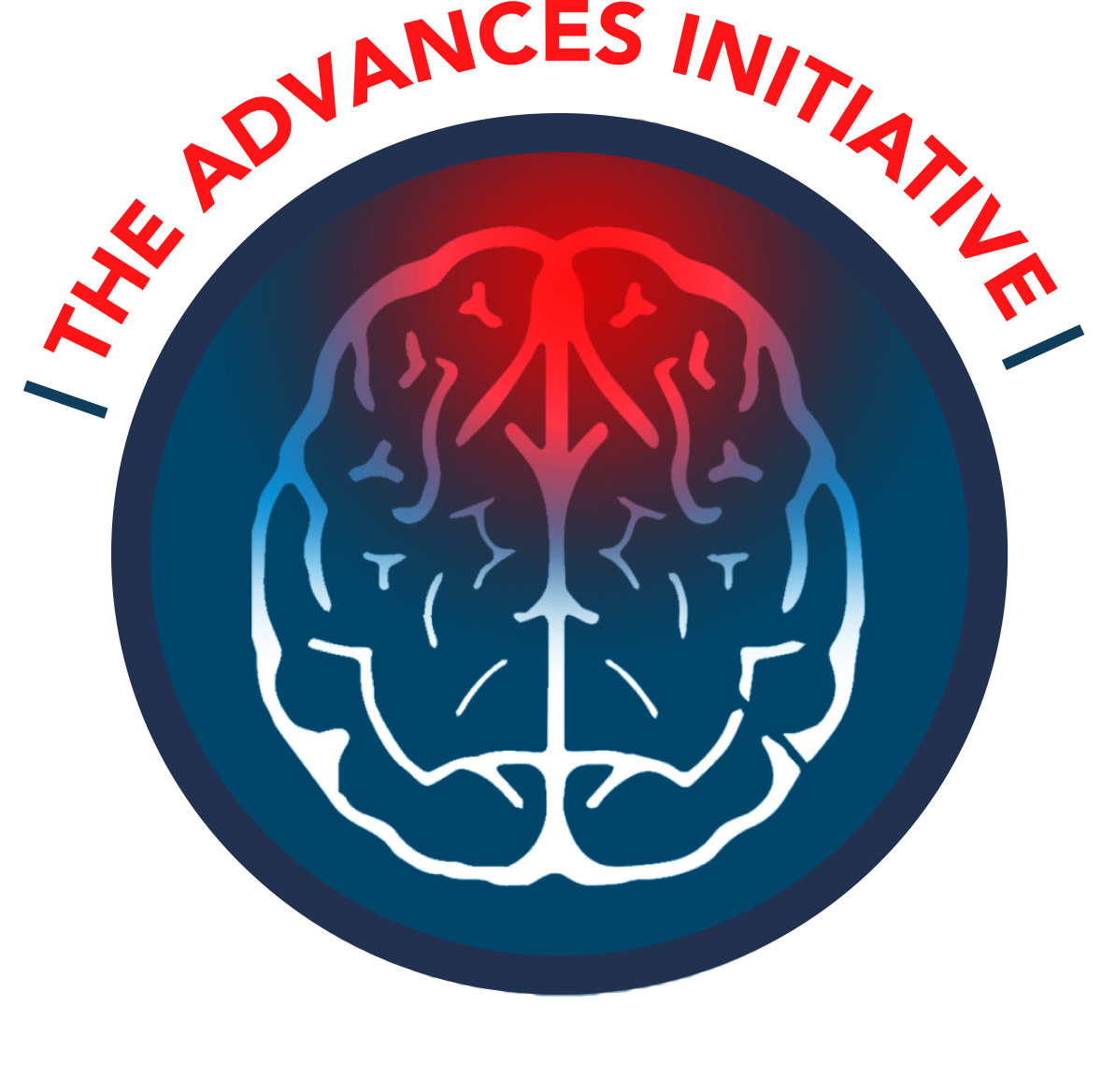What are the symptoms of migraine?
The typical symptoms of a migraine attack include a headache that is often severe, that frequently is on one side of your head (unilateral), that lasts for many hours (usually 4–72 hours), that is throbbing (called pulsatile), and that is made worse by physical activity. During an attack, migraine sufferers might have no appetite, feel sick, vomit, or have diarrhea. There can be a sensitivity to light, sound, or certain smells. Although attacks can occur at any time, they are often brought on by exposure to certain things or events, called triggers. In many cases, there are symptoms that occur before an attack—called a prodrome—that last from a few hours to days prior to the attack. These symptoms include changes in mood; a reduced ability to concentrate; sensitivity to light or sound; stomach upset; and a strong desire, or craving, for certain things, such as chocolate. There are different forms of migraine. One way of identifying the type of migraine is whether or not it includes an aura. An aura is a symptom that affects your eyesight, speech, sensation, or movement, including a feeling of pins-and-needles in the face, tongue, or another body area; a feeling of whirling or loss of balance (vertigo); and ringing in the ears (tinnitus).1 Although you may think it is obvious that you suffer from migraine, the above symptoms can occur with other causes of headache, making it essential to see a physician to obtain an accurate diagnosis before concluding that you have migraine.1
Silberstein SD. Considerations for management of migraine symptoms in the primary care setting. Postgraduate Medicine. 2016;128(5):523-537.
Do I have “migraine,” or is there another cause of my headaches?
What is a migraine diary? Should I keep one?
A headache (migraine) diary is a journal that you can use to keep a record of information about your migraine over time. A migraine diary can be very helpful in detailing your symptoms, how often you get attacks, and the severity of your attacks and in identifying things that bring on attacks (triggers) and/or make attacks worse. A diary is also useful in monitoring your medication use, including whether or not your treatment has been helpful.1,2 After you and your physician(s) have had an opportunity to review your diary, the information you have recorded can be extremely helpful in making a plan to avoid things that bring on attacks or make them worse and in deciding if your medical treatment could be improved. Online versions of a migraine diary are available.
- Sinclair AJ, Sturrock A, Davies B, Matharu M. Headache management: pharmacological approaches. (Review article) Practical Neurology. 2015;15(6):411-423. (http://pn.bmj.com/content/practneurol/15/6/411.full.pdf)
- Dougherty C, Silberstein SD. Providing care for patients with chronic migraine: diagnosis, treatment, and management. (Review article) Pain Practice. 2015;15(7):688-692.
What is the impact of migraine on your quality of life?
Are there any resources that can help me?
Can the fact that I suffer from migraine depend on my family history?
Ninety percent of migraine sufferers have a close family member who also suffers from migraine. Therefore, if you have migraine, you have most likely inherited a predisposition to this condition, and it is not your fault.1,2 The fact that migraine is an inherited (genetic) condition does not mean that you are powerless to control your situation. There are lots of things you can do to improve the symptoms that you get. These include identifying and avoiding factors that bring on an attack or make it worse, starting your medication early if an attack is coming on, and taking medicine to prevent attacks if they are frequent or have a negative impact on the quality of your life. Seeing your primary care provider and/or specialist is also an important step to ensuring that your diagnosis is correct and to getting help in managing your attacks.
- Gasparini CF, Smith RA, Griffiths LR. Genetic insights into migraine and glutamate: a protagonist driving the headache. Journal of the Neurological Sciences. 2016;367:258-268.
- Younger DS. Epidemiology of migraine. Neurologic Clinics. 2016;34(4):849-861.
What are triggers, and why you should know about them?
A migraine trigger is an event or type of situation that can cause a migraine attack to start. There are many things that can bring on—trigger—a migraine attack, and situations that trigger migraine attacks vary between migraine sufferers. Learning what can provoke your migraine attacks is an important step in managing your migraine. Avoiding these triggers can help make your attacks less frequent and/or less severe. Keeping a headache diary can be a good way to help identify your migraine triggers. Examples of possible triggers include:
- Environment. Changes in weather, noise levels, humidity, patterns of light (flickering or glaring), and high altitude can trigger a migraine in some people.
- Caffeine. Too much caffeine can contribute to migraines. However, abruptly withdrawing from caffeine can also be a trigger. Remember that there is caffeine in tea, coffee, chocolate, and in some soft drinks and painkillers.
- Stress. Either increases or decreases in stress levels can act as triggers.
- Sleep patterns. Triggers can include too much sleep, too little sleep, late nights, being very tired, a change in your sleep pattern, or lying down for a long time.
- Hormone changes. Migraine attacks are more common in women (menstrual migraine), and attacks can be more common at particular times in a woman’s cycle such as around when the menstrual period begins.
- Dehydration
- Food. Around one in ten people with migraine can have attacks brought on by specific foods, including certain cheeses, soy, and nuts, among others. Food additives such as nitrates and monosodium glutamate can also be a trigger.
- Missed meals
- Computer screens. Consider using an antiglare filter and taking regular breaks.
- Changes in your routine. Holidays or taking long trips can be triggers.
If I am taking medicine to prevent migraine attacks, why should I keep taking it?
If the doctor prescribed medication to prevent your migraine attacks, this means that your attacks are frequent and/or are having a negative impact on the quality of your life. The goal of preventive medication is to make these attacks occur less often and also to be less severe when they do occur.1 Although the aim is to improve the quality of your life, it would be uncommon for medication to entirely stop attacks from happening. Managing your migraine is best done by a team that includes your primary care physician and often a neurologist or headache specialist. If preventive medicines that you are currently taking are not working as well as you like or you are finding it difficult to live with medication side effects, don’t give up hope, and don’t stop treatment without talking to your doctor(s). The plan to prevent your attacks may be improved by changing the dose or type of medication that you are taking or by considering some newer approaches to treatment.1–3 There are also medicines currently under development that have been shown in studies to be very effective in preventing attacks.1
- Silberstein SD. Considerations for management of migraine symptoms in the primary care setting. Postgraduate Medicine. 2016;128(5):523-537.
- Magis D, Sava S, d’Elia TS, et al. Safety and patients’ satisfaction of transcutaneous supraorbital neurostimulation (tSNS) with the Cefaly® device in headache treatment: a survey of 2,313 headache sufferers in the general population. Journal of Headache Pain. 2013;14:95. (www.ncbi.nlm.nih.gov/pmc/articles/PMC4177534/pdf/1129-2377-14-95.pdf)
- Schoenen J, Vandermissen B, Jeangette S, et al. Migraine prevention with a supraorbital transcutaneous stimulator. 2013;80(8):697-704.
Should I make a plan for managing my migraine?
A personal plan is very helpful in managing your migraine and can make a big difference in reducing your attacks and improving the quality of your life. Here are some things to include in your plan:
- Talk with your doctors, and make a list/plan of things to discuss when you see them. Here are some examples of things you might want to include on your list:
- What can be done to prevent my attacks?
- What are side effects that I might get with my medication?
- How often should I expect attacks to occur? Can I expect them to improve over time?
- Are there any symptoms that should make me seek urgent medical advice (red flags)? If so, what are they?
- What should I do if my treatment isn’t working?
- What should I do if I am expecting a change in my life, such as travel, pregnancy, or a stressful event?
- What should I do when I get the symptoms that I usually get before my headache starts (prodromal symptoms)?
- What should I focus on in my wellness program (such as, exercise, good nutrition, adequate sleep, smoking cessation, and achieving an ideal weight)?
- Avoid exposure to things that can bring on your attacks (triggers). These could be things like caffeine, stress, altered sleep patterns, certain foods/additives, or skipped meals, among others.
- Begin a wellness program after talking to your doctor.
- Take your medications regularly as prescribed by your doctor(s).
- Keep a headache diary. This will help you and your doctor(s) identify factors that bring on/worsen attacks and, where possible, allow you to make changes in your lifestyle that help you prevent attacks.

.jpg)
.jpg)
.jpg)
.jpg)

.jpg)
.jpg)

.jpg)
.jpg)
.jpg)
.jpg)
.jpg)
.jpg)
.jpg)
.jpg)
.jpg)
.jpg)
.jpg)
.jpg)
.jpg)
.jpg)
.jpg)
.jpg)
.jpg)
.jpg)
.jpg)
.jpg)
.jpg)
.jpg)
.jpg)
.jpg)
.jpg)
.jpg)
.jpg)
.jpg)
.jpg)
.jpg)
.jpg)
.jpg)
.jpg)
.jpg)
 Copyright © 2025 Med Learning Group. Built by
Copyright © 2025 Med Learning Group. Built by